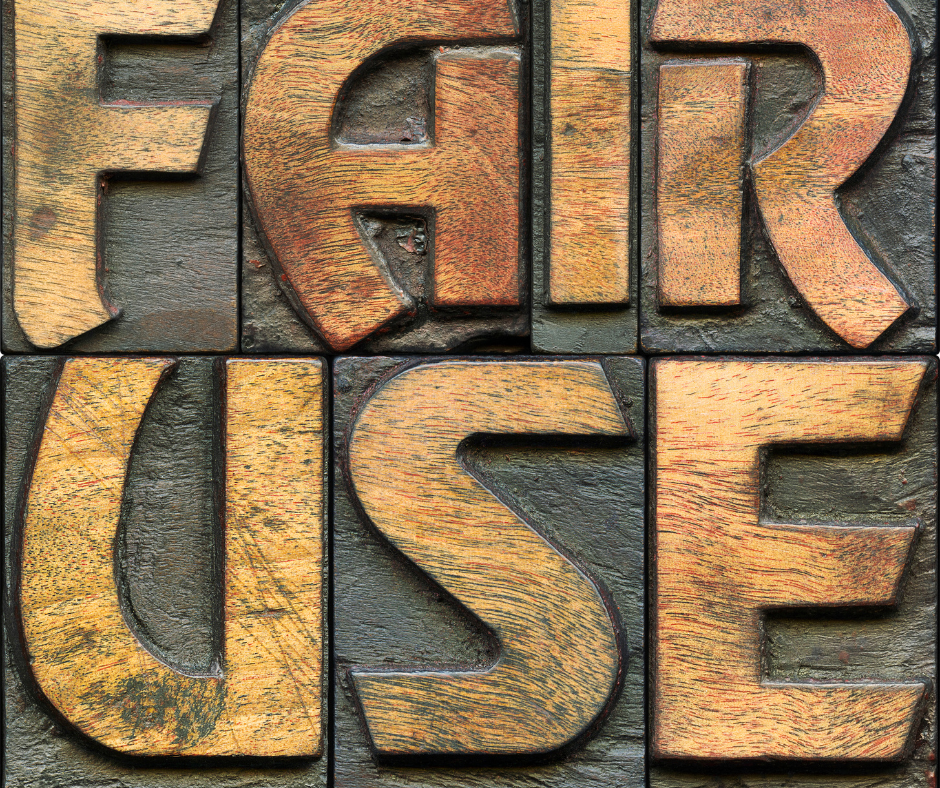The U.S. Supreme Court recently resolved a lengthy copyright dispute over an iconic image of the musical legend Prince more than 40 years after its original creation. In 1981, Lynn Goldsmith took a photo of Prince and allowed Vanity Fair to use the photo as an artist reference for illustration. Artist Andy Warhol based a series of silkscreen prints and pencil drawings on the photo. This collection is referred to as the “Prince Series.” Vanity Fair subsequently published one of the Warhol prints in a 1984 issue of its magazine. As part of their agreement with Goldstein, Vanity Fair credited Goldsmith for the source photo and compensated her for her work.

In 2016, Vanity Fair’s parent company purchased the right to publish another Prince Series print from the Andy Warhol Foundation for the Visual Arts, Inc. (AWF). When Goldsmith saw the print in Vanity Fair magazine, she notified AWF of her belief that it had infringed on her copyright. AWF sued Goldsmith for declaratory judgment of noninfringement, or in the alternative, fair use. Goldsmith counterclaimed for infringement.
Ultimately ruling in favor of Goldsmith, the Supreme Court in Andy Warhol Found. for the Visual Arts, Inc. v. Goldsmith, 143 S. Ct. 1258 (2023), analyzed the first fair use factor which considers whether the use of the secondary work was of a commercial nature or for educational purposes. Following precedent in Campbell v. Acuff-Rose Music, Inc., 510 U.S. 569, 114 S. Ct. 1164 (1994), the Supreme Court considered whether the new work supersedes that object of the original creation or adds something new, with a further purpose or a different character. The larger the difference between the original work and secondary work, the more likely the factor weighs in favor of fair use. To have a further purpose of different character, the work must be transformative.
The Supreme Court decided that the degree of difference is not enough for the first factor to favor AWF, relying heavily on the commercial use of the Warhol print and both images sharing substantially the same purpose, therefore not transformative. Further, the Court stated that a holding in favor of AWF would potentially authorize a range of commercial copying of photographs for substantially the same purposes as the original. The Court determined that the existing laws for fair use and the holding in this case still allow for artists and other creators to use existing materials to make new works of their own, while protecting the interests of the original creator. However, the dissenters to this decision contend that the analysis used by the majority may stifle creativity instead of furthering it, which is contrary to the goals of copyright laws.
With an increase in access to intellectual property through various media platforms, the need for intellectual property protection continues to grow. Our team of attorneys can assist with protecting your intellectual property rights. For more information or assistance with your intellectual property matters, please contact Monica E. Edwards, Kent A. “KAB” Brasseale II, or another member of the KDDK Intellectual Property and Technology Team.
This article was written with the assistance of Besty Happe, summer law clerk at KDDK.






